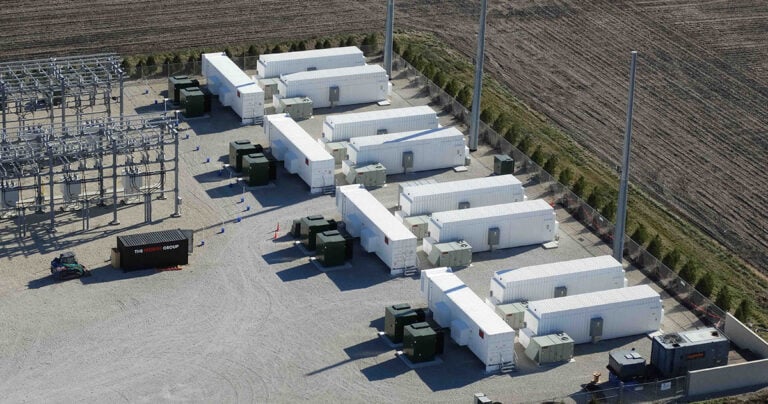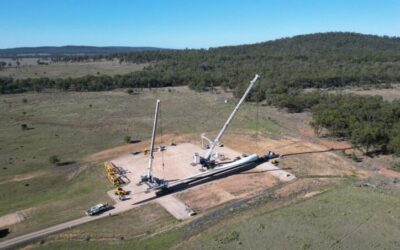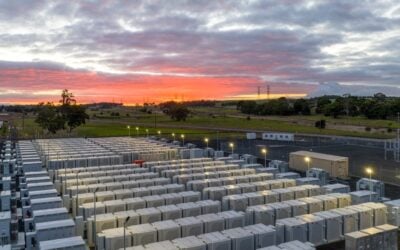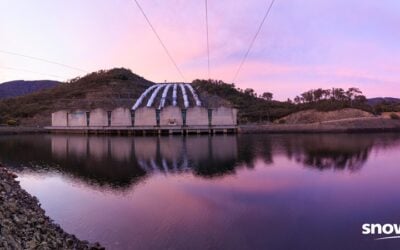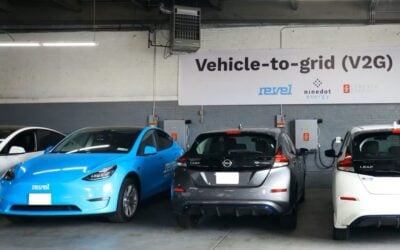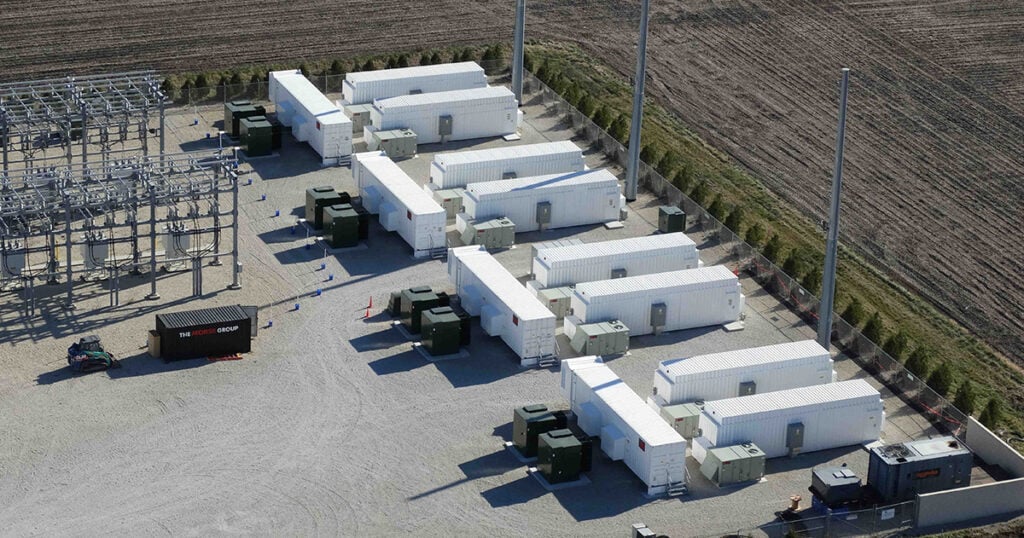
At the end of 2024, Australian renewable energy developer ZEN Energy, in partnership with Taiwan’s HD Renewable Energy (HDRE), announced plans to establish a joint venture in Australia that will target 1GW of energy storage capacity.
As confirmed on 23 December, the two companies will look to jointly launch a green energy investment and asset management platform called ZEBRE, with a total target investment capacity of 1.4GW.
This article requires Premium SubscriptionBasic (FREE) Subscription
Enjoy 12 months of exclusive analysis
- Regular insight and analysis of the industry’s biggest developments
- In-depth interviews with the industry’s leading figures
- Annual digital subscription to the PV Tech Power journal
- Discounts on Solar Media’s portfolio of events, in-person and virtual
Or continue reading this article for free
ZEBRE will be established through HDRE II Trust, a trusted company wholly owned by HDRE, and Zen Future, a subsidiary of ZEN Energy. Under the current planned structure, HDRE Trust II will secure an equity ratio of 70%, with Zen Future obtaining the remaining 30%.
In a statement made public on 8 November, the two organisations mutually agreed to pursue energy storage and green hydrogen projects in Australia, Taiwan, and potentially Japan. Under the terms of the partnership, HDRE said it would subscribe for 9.7% of shares in ZEN Energy for AU$43 million (US$27.7 million).
Building on this initial agreement, ZEBRE will broaden the scope of the focus technologies by including solar PV. HDRE said the platform will look to develop 400MW of PV and 1GW of energy storage.
Commenting on the new partnership, ZEN Energy CEO Anthony Garnaut hailed the use of energy storage assets, referencing the potential of long-duration and pumped hydro in Australia’s energy transition.
“Long-duration battery storage, as well as the significant benefits of deep storage that pumped hydro provides, is the critical ingredient to ensuring a reliable, firmed supply of power as Australia transitions away from fossil fuels,” Garnaut said.
“Securing Australia’s place at the head of the rapid worldwide shift to clean energy and realising the economic opportunities of becoming a renewable energy superpower depend on having global partnerships.”
The two companies confirmed that the new entity had also secured its first renewable energy site, the 210MW Solar River solar-plus-storage site in South Australia.
You can read the full article on PV Tech.
Read Next
Cubico Sustainable Investments Australia has submitted two wind-plus-storage projects to the Federal government under the EPBC Act.
Another year draws to a close, allowing us to reflect on the fantastic energy storage content from Solar Media’s journal PV Tech Power.
The Australian government has approved the development of HumeLink, an almost AU$5 billion (US$3.1 billion) energy transmission project that will unlock the 350GWh Snowy 2.0 pumped hydro energy storage (PHES) expansion.
Western Australia’s Economic Regulation Authority has set the peak and flexible benchmark reserve capacity prices (BRCPs) at AU$360,700/MW (US$224,898/MW) annually from 2027-28.
Most Popular
Email Newsletter
This site is operated by a business or businesses owned by Informa PLC and all copyright resides with them. Informa PLC’s registered office is 5 Howick Place, London SW1P 1WG. Registered in England and Wales. Number 8860726.

